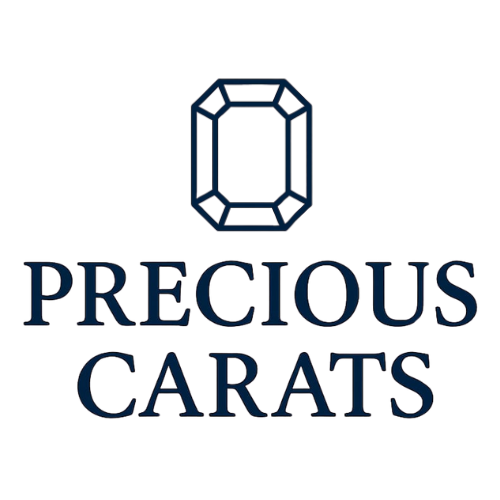Ethiopian Opals — Fire in a Translucent Dream

They are the extroverts of the opal world — bursting with colour, emotion, and unfiltered light.
Ethiopian opals do not wait to be understood. They arrive dancing — casting neon greens, violet flares, flashes of orange and gold across translucent bodies like lightning caught in glass.
Born in the volcanic soils of Ethiopia’s highlands, these ethiopian opals are the wildest of their family. If Australian opals are still water, Ethiopian opals are rain set aflame.
They do not whisper. They shimmer. They surge. This is not the gem of calm. This is the gem of expression — of radiant unpredictability.
The Play-of-Colour Is Not a Pattern. It’s a Pulse.
The beauty of Ethiopian opals is not in symmetry — it’s in movement.
From broad flash patterns that stretch like auroras to pinfire glints that spark like stars, each stone carries its own rhythm.
Some swirl in rolling flashes, others fracture into coloured mosaics. No two are ever alike. No one stone stays the same.
And they are alive in a way most gemstones are not. Why? Because Ethiopian opals are hydrophane — they absorb water. When wet, they may turn translucent or lose their colour temporarily. But once dry, their fire returns. Often brighter. Always different.
It’s as if they breathe. A flicker of spirit. A phase of mood. A pause, not a fading.
Shukra’s Other Face — The Artist, Not the Priest
In Vedic tradition, Venus (Shukra) is the master of romance, refinement, music, seduction, and poetry.
But not all poetry is calm. Some burns. Some weeps.
Shukra’s gemstones are meant to uplift beauty, love, and the arts — and while Australian opals reflect his meditative softness, Ethiopian opals reflect his spark.
This is Shukra the painter, the performer, the untamed artist.
For those ruled by Venus or touched deeply by aesthetics, Ethiopian opals act as amplifiers — not of balance, but of emotional depth, artistic flow, and creative fire.
Astrology and Opals — A Note for the Curious
Ethiopian opals are not traditionally preferred in classical Jyotish due to their changeable nature.
Their hydrophane structure, while beautiful, can sometimes conflict with the Jyotish ideal of consistency and calm.
However, if recommended by a trusted astrologer — or if one resonates deeply with its Venusian qualities — Ethiopian opals can still serve as expressive spiritual companions.
As always, consult your astrologer before choosing any gem for planetary alignment.
Unforgettable in Jewellery
Wherever astrology may pause, jewellery steps forward.
Designers love Ethiopian opals for their raw brilliance. Wide cabochons that catch candlelight. Drops that shimmer like oil on water. Rings that hold fire within quiet glass.
These are jewels meant to be admired, cherished, even worn — but not always tamed.
Can You Wear Them Daily? Yes — If You Understand Them
Yes, Ethiopian opals can be worn every day. They are durable enough. But they are sensitive.
They react to moisture — absorbing water and temporarily losing their fire. They regain it once dry. This is not damage. It’s part of who they are.
So wear them daily if you love them. But know them. Avoid long baths. Avoid sudden heat changes. Avoid harsh chemicals.
They are not for those who want sameness. They are for those who fall in love again and again with the same flame.
Who Are Ethiopian Opals For?
They are for the emotional. The unpredictable. The artist. The one whose mood changes with the sky, whose heart aches at beauty, whose fingers write when they should sleep.
They are for dancers. For poets. For lovers who laugh mid-cry. They are for those who do not want a gem to ground them — but to remind them they are alive.
A Living Metaphor
There is a kind of wearer who will understand them intuitively: the kind who does not fear change, who knows the value of silence after chaos, who respects that even light must rest.
Ethiopian opals do not apologise for their behaviour. They do not sparkle for approval. They shimmer because it is in their blood.
Explore Our Ethiopian Opal Collection
Each opal in our collection is natural, untreated, and selected for its expressiveness, not its obedience.
We do not offer the dull or the unstable. Only those that carry light like a language.
If you want beauty that behaves — look elsewhere.
But if you want to witness fire held in water — if you want a gem that changes when you do — if you want to own something that reminds you how alive colour can feel —
Let one of our Ethiopian opals find you.
[Explore the Tray]
